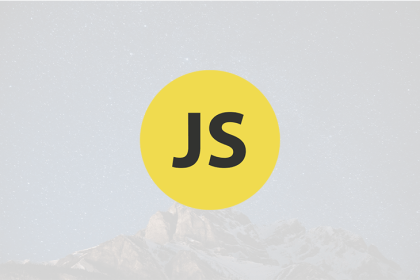
It’s time for the revolution that never happened.
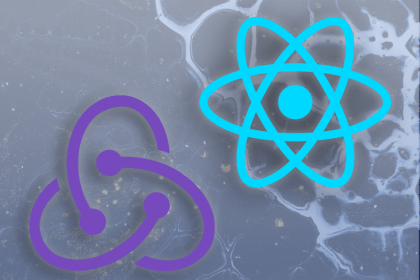
State management libraries exist to solve problems that arise in applications with many components. Use Redux to manage the complexity of your React Native app.
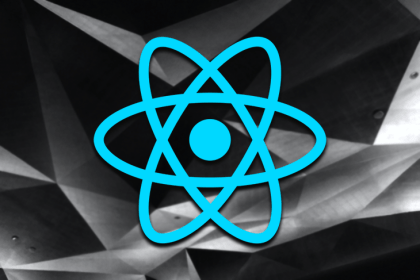
If you’re looking to implement responsive design, look no further than the react-responsive package found on NPM.
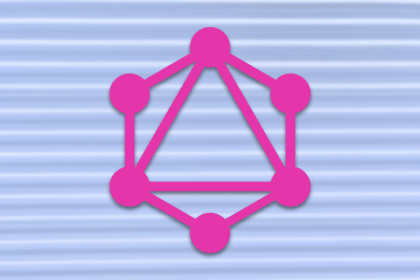
GraphQL’s lack of support for server-side caching is a well-known disadvantage. But there are indeed ways to use HTTP caching with GraphQL.

After a successful first version of Grommet, v2 has been released with a host of new changes. Learn exactly what Grommet v2 brings here.

Budibase is a low-code, open-source platform for building web applications. You can use this quick guide to get started fast.

Discover why you might want to use an alternative to Electron, and how to install and use two lightweight options: Tauri and Neutralinojs.
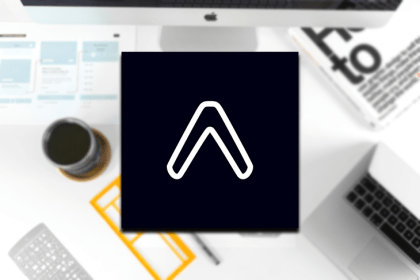
This walkthrough demonstrates how to build a cross-platform app that runs on iOS, Android, and the web using Expo.

Explore major changes in Vite 2.0, including faster builds, a new plugin system, experimental support for SSR, and improved CSS support.

To err is human, and it’s important to have an error state in place when those hiccups happen.

With the release of Wasmer 1.0, it’s worth exploring other WebAssembly runtimes available today, as well as the exciting WASI interface.
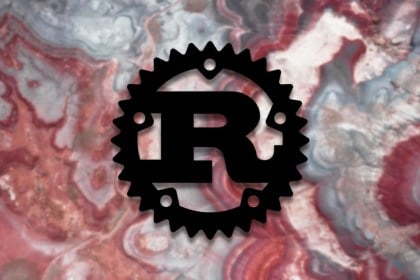
Learn how to utilize ownership, Rust’s unique memory allocation feature that guarantees memory safety even for large projects — no garbage collector required.